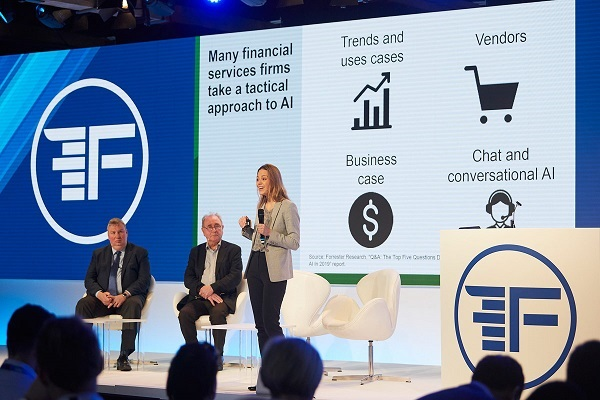This is the last of my special Invested in Tech series with Capital One, where I have been taking a look behind the scenes at how they are using technology, innovation, and design to create a better banking experience. In my last post, I spoke to Naveed Anwar who runs Capital One’s developer community partnerships and integrations, and he talked about their unique partnership with Uber.
It’s become a well-worn trope in fintech punditry to declare such and such an app or company as the “Uber of banking”, presumably meaning both that it’s a seamless customer and payment experience, and also something with massive growth potential. When I speak at banking conferences I often ask for a show of hands for how many people use Uber as a way of demonstrating the rapid growth of disruptive technology. A majority of hands always go up, and it is easily in the 80-90% range in any major urban area.
I tell the audience that they would have called me crazy if I would have told them five years ago that instead of standing at the curb with their hand in the air they would soon tap a button on their smartphone to geolocate a nearby car, and then simply exit the car at the end of the ride. I also tell them that they may think I’m crazy now for telling them that soon that car won’t have a driver behind the wheel, but Uber is already working on that right now.
This on-demand seamless delivery is raising the bar for customer expectations in banking, and so is the Uber payment experience. To me the best part of the Uber payment experience is that there isn’t one. I don’t want a payment experience, I want a ride from point A to point B. It’s a great example of the “disappearance of payments” that payments expert Ginger Schmeltzer talked about at the Fintech Stage at the BAI Beacon conference in Chicago last month.
How can a bank improve that?
Lauren Liss, Senior Director of Digital Partnerships, Card at Capital One gave me a deeper look at how the bank is working with Uber to simplify life for their customers. In June 2016, they announced their partnership to create Uber’s first ever in-app loyalty experience: every 10th Uber ride was free when customers paid with a Quicksilver or QuicksilverOne card, through March, 2017. Then, earlier this month two companies announced they were evolving the offer to make it even more valuable for customers. As of November 1, customers get $15 in Uber credits – instead of a free ride (valued at up to $15) – every time they pay for 9 rides with a Quicksilver card through March 31, 2017. Unlike the previously earned free ride tokens, the $15 Uber credits can be used on multiple rides at any time through April 30, 2017.
The two companies have worked together since April 2015, and Liss says the relationship makes sense because of their shared focus on providing savings and convenience.
“To me, the best part about our partnership with Uber is that we’re able to create experiences for our customers that are simple and help them save.” says Liss, “This year we’ve created – and improved on – a valuable offer that comes with a clean user experience, created based on customer feedback.”
Liss said her team is focused on creating solutions that simplify life for their customers, so embedding a loyalty experience into the Uber app – and then improving on it – helps deliver on those goals.
For more on how technology, innovation, and design are being leveraged to create a better banking experience, read my related interviews and listen to my podcasts with Capital One’s Global Head of Design Scott Zimmer, their head of digital Tom Poole, and their head of platform and developer community Naveed Anwar.
This article originally appeared here. Republished with permission. Submit your copyright complaints here.























